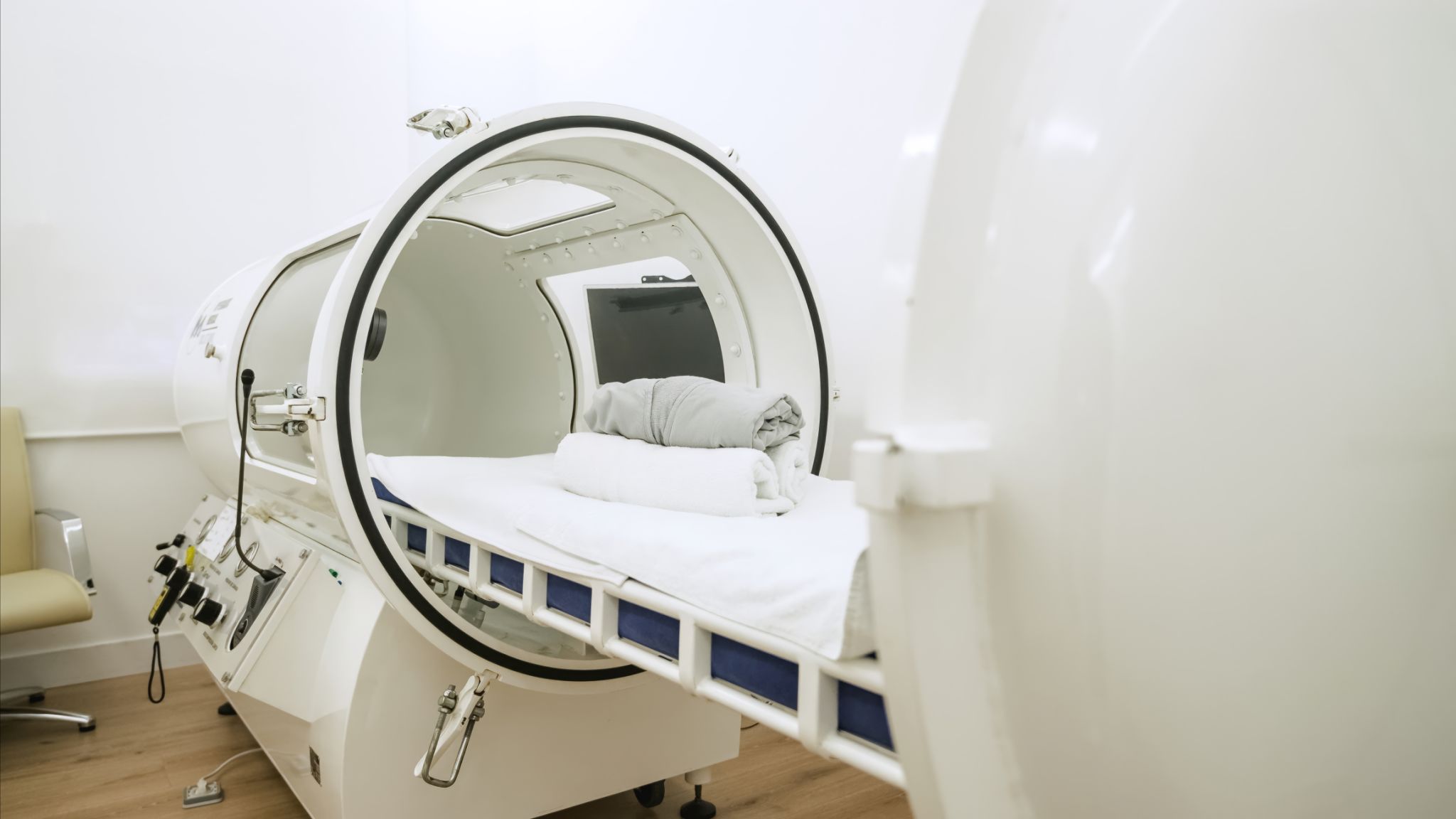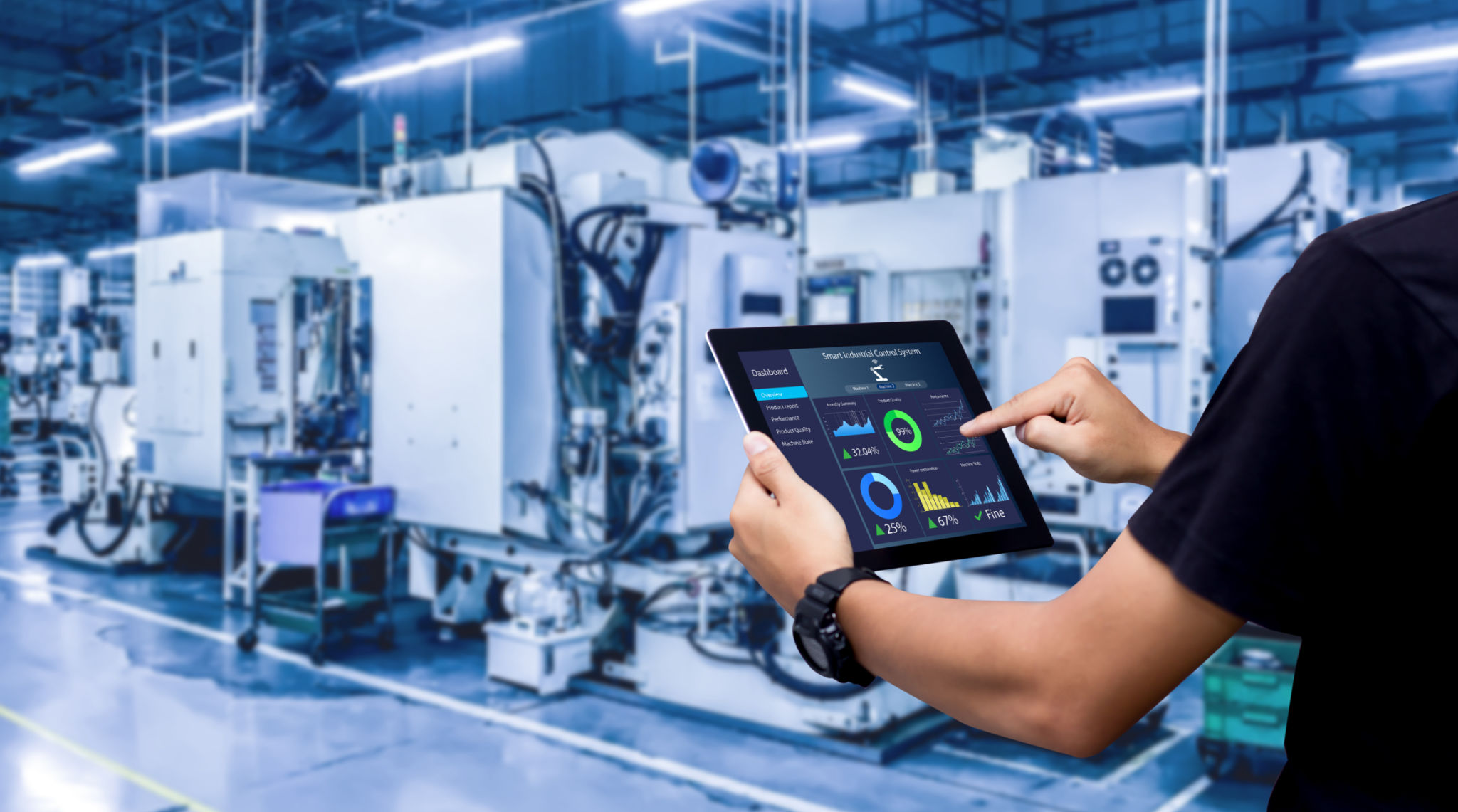Local Regulations and Standards for Hyperbaric Oxygen Equipment in Taiwan
Understanding Taiwan's Regulatory Environment
The regulatory landscape for hyperbaric oxygen equipment in Taiwan is shaped by a combination of national safety standards and international guidelines. Due to the medical nature of hyperbaric oxygen therapy (HBOT), it is crucial that all equipment meets stringent safety and operational criteria. The Ministry of Health and Welfare (MOHW) plays a pivotal role in establishing these regulations to ensure patient safety and effective treatment outcomes.

In Taiwan, any medical device, including hyperbaric oxygen chambers, must be registered with the MOHW before it can be marketed or used. This registration process involves rigorous testing and documentation to prove that the equipment meets both local and international standards. The MOHW closely follows guidelines from organizations such as the International Electrotechnical Commission (IEC) and the International Organization for Standardization (ISO).
Key Regulations for Hyperbaric Oxygen Equipment
There are several key regulations that manufacturers and healthcare providers must adhere to when dealing with hyperbaric oxygen equipment in Taiwan. These regulations cover aspects such as design, manufacturing, and maintenance of the equipment to ensure safety and efficacy.
Design and Manufacturing Standards
The design and manufacturing of hyperbaric oxygen equipment must comply with specific standards that prioritize safety and functionality. The equipment should be designed to withstand high-pressure environments, and materials used must be non-reactive and robust. Additionally, manufacturers are required to conduct comprehensive risk assessments and implement quality management systems in their production processes.

Installation and Maintenance Requirements
Proper installation and regular maintenance are crucial for the safe operation of hyperbaric oxygen chambers. Taiwan's regulations require that all installations be carried out by certified professionals who are trained in handling such specialized equipment. Regular inspections and maintenance protocols must be documented to ensure continued compliance with safety standards.
Training and Certification
Beyond equipment regulations, the operators of hyperbaric oxygen chambers must undergo specialized training. This training ensures that operators are well-versed in the safe use of the equipment, emergency procedures, and patient care during therapy sessions. Certification programs are often held by accredited institutions in Taiwan, offering both theoretical knowledge and practical experience.

Continuous professional development is encouraged for all personnel involved in hyperbaric oxygen therapy. Keeping up-to-date with the latest advancements in technology and treatment protocols is essential for maintaining high standards of patient care.
Challenges and Future Directions
Despite the existing regulatory framework, there are challenges in ensuring uniform compliance across all healthcare facilities in Taiwan. Variations in resources, training availability, and awareness can lead to disparities in the implementation of safety standards. However, ongoing efforts by regulatory bodies aim to address these issues through increased monitoring and support.
The future of hyperbaric oxygen therapy in Taiwan looks promising, with advancements in technology offering new opportunities for treatment. Continued collaboration between government agencies, healthcare providers, and manufacturers will be vital in ensuring that regulations evolve alongside these innovations.